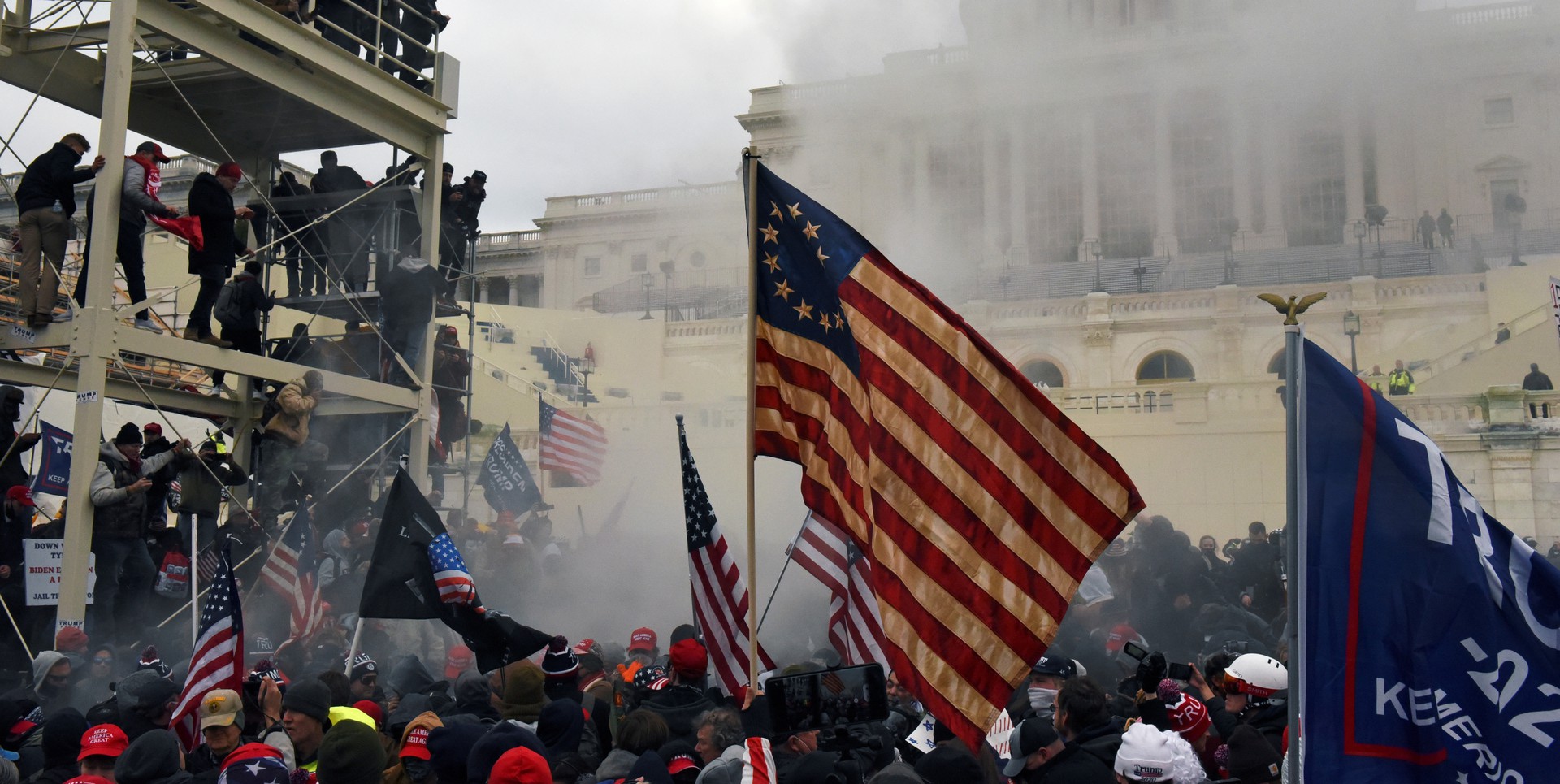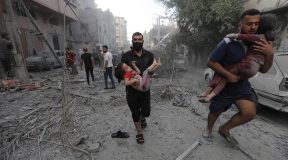 Pope Francis greeting indigenous Canadians. Crédits: Vatican News
Pope Francis greeting indigenous Canadians. Crédits: Vatican News
Alberta, Canadá — During the last week of July, Pope Francis made historic by visiting Canada, where he began apologizing to the indigenous community due to the multiple abuses of power coming from Catholic missionaries who lived in religious education schools for many years.
The 85-year-old pontiff apologized at the beginning of his arrival for the abuses committed against indigenous children for many decades, and according to the evidence presented by indigenous groups, children were subjected to a school system that was considered “catastrophic” by the Catholic Church leader.
“I am deeply sorry, I am sorry for the ways in which, unfortunately, many Christians supported the colonizing mentality of the powers that oppress indigenous peoples,” Francis said in Spanish.
But shortly before, at the airport, Francis kissed the hand of a victim of this unjust mistreatment by those who claim to represent God based on the Bible and reforms that humans themselves have modified through the centuries.
Arriving at the airport in Edmonton, province of Alberta, Pope Francis was received by indigenous representatives, including the Canadian Prime Minister, Justin Trudeau, and by the first indigenous governor general of Canada, Mary Simón.
Francis said his visit to that country was a “penitential journey,” where his purpose was focused on standing up on behalf of missionaries who were in Catholic integrations and abused these Canadian indigenous children.
During his visit, the pontiff met with victims who were in a former boarding school in the town of Maskwacis, where the Pope offered prayers in front of a cemetery, and again apologized to the relatives who lost a loved one within these religious premises during their captivities.
In his Papal stay, Jorge Mario Bergoglio, not only encountered himself into emotions, but also demands from indigenous groups, who are not willing to accept only words, but punishment for the abusers who disguised themselves as the sign of the cross and prayed for many years.
They also demanded economic reparations for the victims and the return of indigenous artifacts that are now in the possession of the Vatican Museums.
Similarly, they requested access to multiple files of the Catholic Church, where they presume to know the fate of children who never returned home from religious boarding schools, as happened to RoseAnne Archibald, the National Head of the Assembly of First Nations, and whom one of her sisters died in a boarding school located in the province of Ontario, Canada.
Because of that reason, having lost her sister inside a supposedly sacred enclosure, RoseAnne referred to the Catholic Church as “an institution of integration and genocide”, words that have gone around the world.
Although many of those who attended this papal visit were upset, there were several who, instead of confrontations, dedicated an early reconciliation for both, the victims and the Catholic Church.
“A lot of our people are skeptical and hurt right now,” said Confederation of Treaty Six First Nations chief George Arcand Jr. “We could start our journey to heal…and change the way we live, the things have been for our people for many, many years.”
On the other hand, the Canadian government admitted that the physical and sexual abuse that proliferated in Catholic schools, were without a doubt, financed by the state since the beginning of the 19th century until the 1970s.
The government also confirmed that approximately 150,000 indigenous children were separated from their families and then forced them to stay in boarding schools, in order to isolate them from the influence of their homes, their native languages, their cultures and thus mold them into a supposed Catholic society of Canada.
In 2015, at the National Center for Truth and Reconciliation of Canada, requested a papal apology on Canadian soil, but at that time it was not possible for that commission, and it was not until 2021 when the remains of almost 200 children at Kamloops boarding school in British Columbia were found.
“Honestly, I think if it wasn’t for the discovery … and all the attention that was put on the Oblates or the Catholic Church as well, I don’t think any of this would have happened,” said Raymond Frogner, chief archivist for that commission.
Recently, Frogner was in Rome for about a week. On his trip, he visited the Missionary Oblates of Mary Immaculate that operated 48 of the 139 residential schools of that region.
As the discovery of the graves, the Oblates finally offered what they called a “transparency and accountability” and allowed Frogner to enter the headquarters to investigate the alleged sexual abusers of that school.
Up to this point, now words have been published about the investigation results.
Last updated on July 30, 2022 by Ramón Warini









